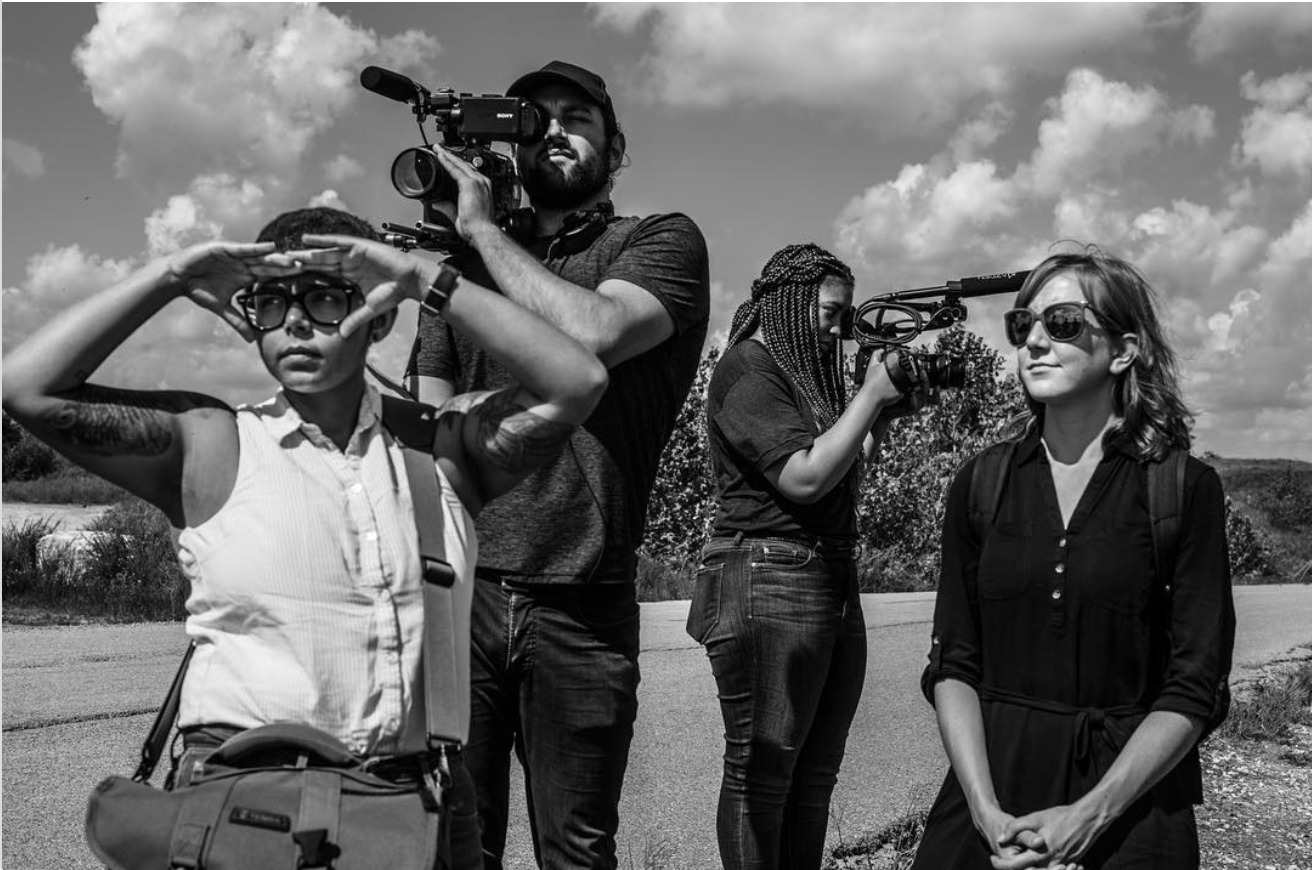WHY YOU SHOULD CARE
Because bolstered local news could combat the fake stuff.
By Adrian Brune
THE DAILY DOSE, NOV 06 2017
Ben Schreckinger had just experienced the dinner most journalists would die for — especially in light of recent events — and still he was seriously considering law school.
The intrepid young reporter had spent the summer of 2013 as a fellow of the GroundTruth Project, a program to provide young journalists with foreign experience. In Schreckinger’s case, that meant traveling north up the Burma Road through Myanmar to report on the country’s reopening. Yet even as Schreckineger and his fellows were sharing a meal with freedom fighter–turned–lawmaker and Nobel laureate Aung San Suu Kyi, he remained undecided — until GroundTruth founders Charles Sennott and Kevin Grant found him in the hotel pool later that night.
“We were talking over a beer and Charlie made me promise that I would give journalism two more years,” Shreckinger, the political correspondent for GQ magazine, tells OZY. “I said, a year — that I would do another year.” It took two before Schreckinger went to Politico, where he covered the Trump campaign and then wrote for the publication’s magazine — and he still took the Law School Admission Test. But in the end, “I owe it all to that promise I made to Charlie in that pool in Burma.”
Now Sennott and Grant, former editors of the news website GlobalPost, want future Schrekingers in places like Youngstown rather than Yangon. Starting in early 2018, Report for America, a spin-off of the GroundTruth Project, plans to grant about 1,000 early-career journalists fellowships over the next five years to work for depleted news organizations in undercovered regions of the U.S. Think Teach for America with a press pass.
“Although the shrinking of newsrooms is primarily financially driven, even when local newsrooms do have the budget to hire, they have a tough time recruiting and retaining talent,” Grant says. “Our DNA is global — we’ve been pursuing the big stories around the world — but last year around election time we realized our own country was in crisis. Much as the way we would respond to a crisis in Egypt, we needed to respond to the one in the U.S.”
Hammered by the decline of print advertising, local and regional newspapers have been hemorrhaging jobs for years. A 2015 study by the American Society of News Editors reported that there were 32,900 journalists at nearly 1,400 daily newspapers — a 10.4 percent one-year decline, and down from a peak of 56,900 in 1990. (In the past two years, ASNE declined to release employment figures because of a lack of reliable data.) The remaining jobs, and new ones from digital outlets, are concentrated in coastal cities: The share of American reporting jobs that were in New York, Washington and Los Angeles went from 1 in 8 in 2004 to 1 in 5 in 2014, according to federal government figures. Even in New York, local journalism took a significant blow last week when popular websites DNAinfo, Gothamist and their offshoots were shut down by billionaire owner Joe Ricketts, in part because the journalists voted to join a union.
“The ad-supported, for-profit model for journalism is on its way out — 95 cents of every [ad] dollar spent is going to Google or Facebook,” Grant says. “We found this with GlobalPost before GroundTruth and have the personal experience, as well as the personal sting.” GroundTruth’s solution to keep emptying newsroom cubicles full? Foundation money.
GroundTruth started as a nonprofit division of GlobalPost in 2011. In 2015 — the year after its correspondent James Foley was beheaded by ISIS terrorists in Syria — GlobalPost was acquired by Boston public media producer WGBH. Public Radio International and other public journalism brands started picking up stories from GroundTruth, which is backed by the likes of the Ford Foundation, the MacArthur Foundation and the Henry Luce Foundation.
While GroundTruth publishes on international platforms, Report for America is locally driven. It will connect young, aspiring journalists with newsrooms that request the help. RFA will pay half of a fellow’s $40,000 salary package, with the newsroom and local donors picking up the rest. The fellow will work in the local newsroom for one year; the newsroom picks up more of the tab if it keeps the journalist longer.
ProPublica, the Pulitzer Prize–winning investigative news site, and other organizations have started similar partnerships. ProPublica’s Local Reporting Network funds salary and benefits for reporters at up to six partner news organizations in cities with populations of less than 1 million.
Substantial questions remain about whether this model is sustainable. More than half of Teach for America recruits leave their initial placements in low-income schools after two years, and only 14 percent remain in their original schools by their fifth year. RFA’s backers don’t proclaim that they will save journalism, just as Teach for America can’t save education and the Peace Corps hasn’t brought about global unity. But GroundTruth did save both Schreckinger and Qainat Khan from law school.
Khan, a native of Tanzania who bailed on Northeastern Law after a year, is now on the road with GroundTruth’s Crossing the Divide project, assisting five early-career journalists from five states to report stories related to a larger national theme. “Local journalism is like providing a public service, and for me, it’s about doing meaningful work — to encounter people I would have never had a reason to encounter,” Khan says. “I’m not an economist and I don’t deal with the business side. But it makes sense to share the risk and share the cost. Perhaps collaboration will save local newsrooms. Otherwise, who are you competing with? It’s like a race to the bottom.”


